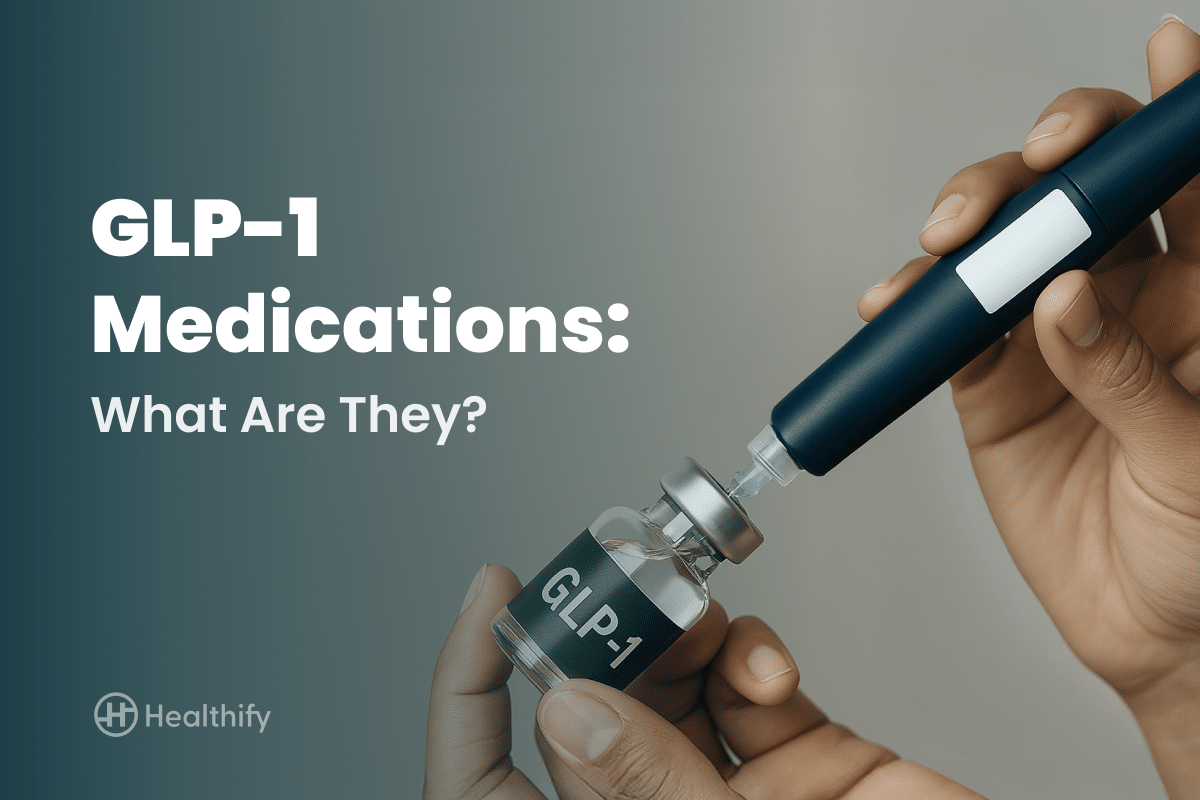Your guide for science behind the sums
Glucagon-like peptide-1 or GLP-1 may sound like another obscure medical acronym, but in recent years it has become a catchphrase in clinics and table talks. Why? Because of what it can and for whom it does.
GLP-1 is a hormone that is of course produced in our intestine when we eat. It is part of a family of hormones called inketins, and it is its job to regulate the blood sugar by:
- Insulate insulin secretion
- Suppression of glucagon (a hormone that increases blood sugar)
- Slowing the gastric emptying, which takes us full longer
- Act on the brain to reduce the appetite
Originally, GLP-1 receptor agonists (GLP-1 RAS) were developed as treatments for type 2 diabetes, a disease characterized by insulin resistance and poor blood sugar control. Over time, scientists noticed an interesting side effect: people lose weight and not just a little. The mechanism made sense: less hungry, slower digestion, better metabolic balance.
This shifted the focus of GLP-1 medication from diabetes management to the treatment of obesity and finally to cardiovascular protection and potential neurodegenerative disease therapy.
Popular GLP-1 medication:
How it works: Imitate the GLP-1 hormone to stimulate insulin release, slowly empty the stomach emptying and suppress the appetite
Weight effects: Moderate weight loss; typical 5–8% Body weight
How it works: Similar to Liraglutid, but with a longer half -life that enables a once weekly dosage
Weight effects: Significant up to 15% Loss of body weight in clinical studies (Wegovy)
How it works: Activates GLP-1 receptors to improve insulin secretion and glucose control
Weight effects: Moderate; Average of 3–5 kg Weight loss in most users
- Tirepatide (Mounjaro): Two -effective, weekly injection
How it works: A double agonist activates both GLP-1 and GIP
Weight effects: Show industry -leading attempts 20–22% Body weight reduction even with non-diabetics
These drugs support better blood sugar control, a curb and promote considerable fat loss, especially if they are paired with healthy habits.
GLP-1 against traditional medication
| Specialty | GLP-1 medication | Traditional diabetes/weight loss medication |
| action | Miminate the facial natural hormones to check the appetite and blood sugar | Often target insulin production or fat absorption |
| Weight loss | Significant, persistent loss | Usually mild or by chance |
| Cardio advantages | Some have proven to be cardiac protection | Limited in older medication |
| Administration | Injection or oral | Oral tablets (mostly) |
| Hypoglycemia risk | Low (unless insulin used) | Higher with sulfonyl in the fabric or insulin |
What can GLP-1 medication do?
✅ persistent weight loss
✅ reduced appetite and desire
✅ improved insulin sensitivity
✅ Heart cycle -s protection (in some cases)
✅ Lower HBA1C mirror in diabetics
Possible side effects:
As with all medication, GLP-1 can be equipped with some side effects:
Nausea or vomiting (usually temporary)
Constipation or diarrhea
Mild fatigue or dizziness
Rarely pancreatitis or gallbladder problems
*Always contact your health service provider before starting new medication.*
End word:
GLP-1 receptor agonists are players for those who manage diabetes or obesity. Although they do not make a magical ball, they offer powerful tools in a structured plan run by doctors. If you have met a plateau or want to be examined with medication supported weight loss, it may be time to have a conversation with your doctor.
Credits
Written by Mallika Singh
